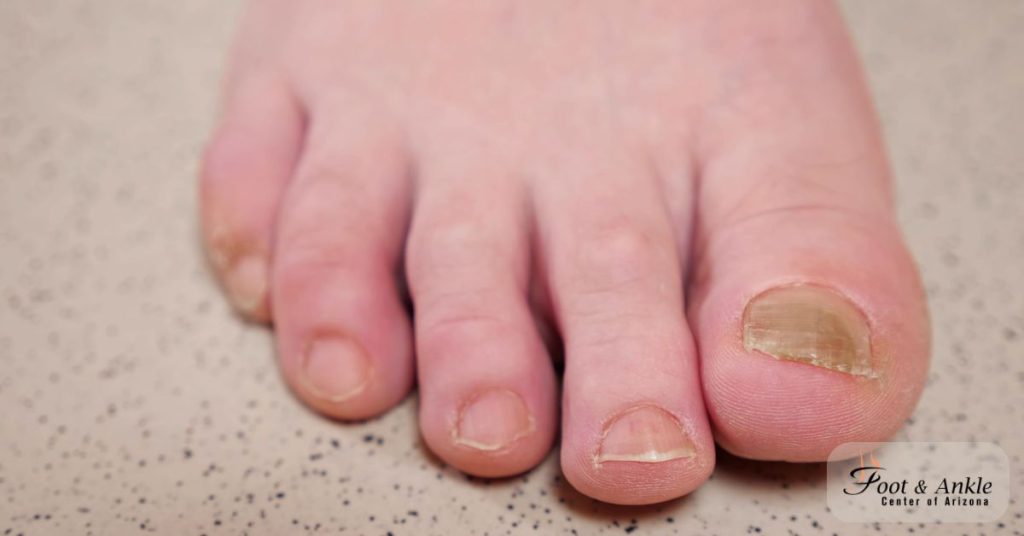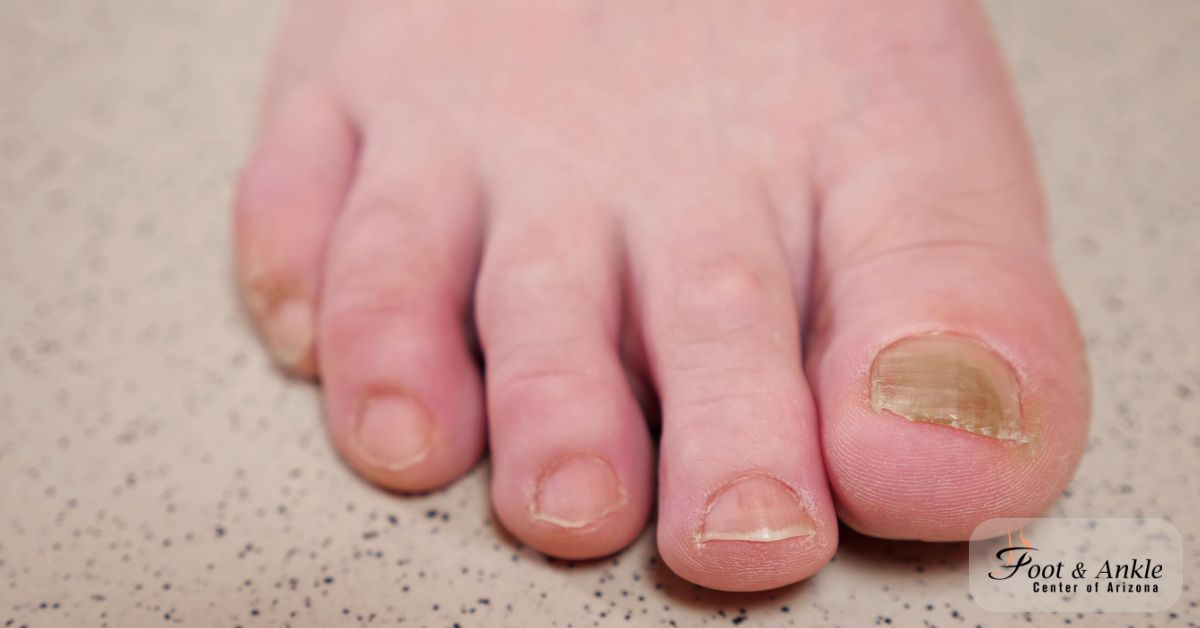Why Women’s Feet Hurt More in Autumn
Fall is not a fun time for women like Elaine Powers.
Bunion Pain in Autumn: In the summer months, “like everybody else, I like to wear flip-flop sandals, open-toed shoes, a nice pedicure with good nail polish,” she says.
But as autumn arrives, the 49-year-old South Carolina hospice nurse is making the annual changeover to closed-in shoe styles more appropriate to the cooler weather. It’s a transition many women are making in their wardrobes. But it’s more painful for women like Powers, and not because she’s a slave to foot fashion. Powers has bunions.
“Even after you take your shoes off, or put your feet up, it’s just a throbbing… It’s almost like every time your heart beats, that bunion throbs,” she says.
Women with bunions are a common sight in the waiting rooms of many foot and ankle surgeons during this time of year.
St. Louis foot and ankle surgeon Karl Collins, DPM, FACFAS, gives two additional reasons for this annual trend. One is financial. Women are closer to meeting insurance deductibles near the end of the year.
“The other thing is, people are very active in the summer,” Collins says. “They’re always outdoors, they’re always at the pool or whatever, so they will decide to get their bunion fixed in the winter, because in their mind, they’re not missing anything fun.”
Powers has suffered with bunion pain for nearly 25 years. However, many women never experience pain from their bunions, even when the deformity looks severe. Shoes do not cause bunions, but they may cause bunion pain. That’s why foot and ankle surgeons recommend shoe modifications to new patients. Avoiding high heeled shoes and styles that crowd the toes together can help. Collins says proper shoe selection and adjustment can go a long way.
“If they have a shoe that fits well everywhere else, but there’s just a little bit of irritation at just that one spot, we may recommend that they have the shoe modified (by a shoe repair shop),” he says.
South Carolina foot and ankle surgeon Michelle L. Butterworth, DPM, FACFAS, treats a lot of teachers with back to school bunion pain. She says many women don’t understand what doctors mean about shoe width: It’s the front of the shoe that needs to be wide.
“Anything that’s real pointy is going to put more pressure on that (bunion) bump,” she explains.
In addition to recommending shoe changes, foot and ankle surgeons may also prescribe foam- or gel-filled padding, custom foot orthotics, anti-inflammatory medications, and injections for bursitis, nerve irritation and joint irritation. While these techniques address pain, they do not stop the bunion from getting worse. Only surgery can correct the deformity.
Bunion surgery boasts a high success rate. But surgeons agree that patients need to understand what their procedure and recovery will involve.
“Probably the biggest thing is, they think surgery’s not going to work and (the bunion is) going to come back,” says Butterworth. “It’s probably the biggest myth I dispel.”
Powers is one of her patients.
“That’s one of the reasons why I haven’t had this surgery before now,” Powers says. “A lot of people tell me once you have (bunions), you are always prone to have them, they’ll come back.”
Following the surgeon’s instructions for recovery can significantly reduce the chances of a bunion returning.
“If wearing four-inch heels and working on your feet all day wasn’t good for you before the surgery, it’s certainly not going to be good for you after the surgery,” notes Michael Loshigian, DPM, FACFAS, a New York City foot and ankle surgeon.
Powers hasn’t made up her mind about bunion surgery. She’s already tried prescription pain medication, and struggles to find comfortable shoes. This fall, Butterworth will perform bunion surgery on Powers’ 19-year-old daughter, who inherited her mother’s feet. Powers wants to see how that turns out. She also has to worry about finding someone to cover her 12-hour work shifts for several weeks.
But if she does choose surgery, she already knows how she’ll celebrate after her recovery.
“I’m buying a pair of stiletto heels and I’m wearing them everywhere I go,” she jokes.
https://www.foothealthfacts.org/article/why-women-s-feet-hurt-more-in-autumn





